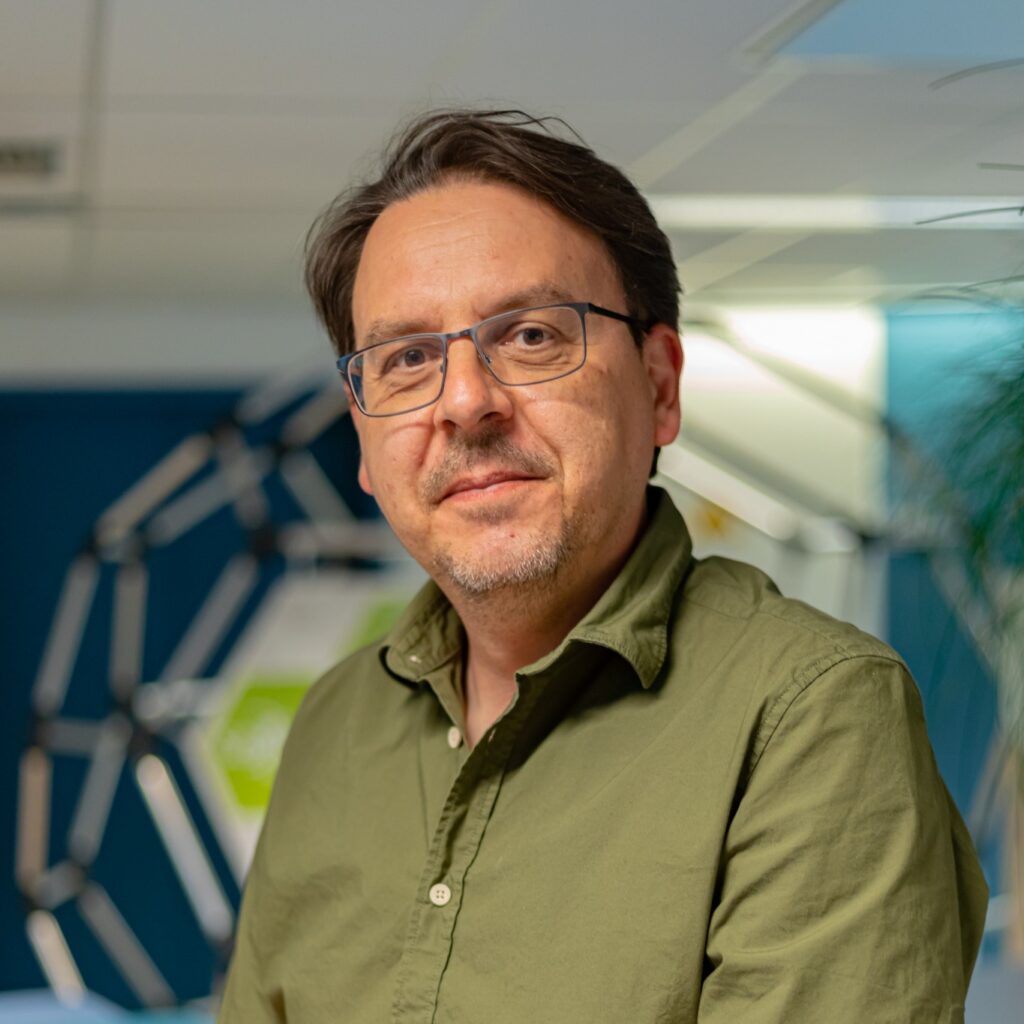.
Funding: TSE Industry
Project duration:
Worldwide, approximately 53.6 Megatons (Mt) of electronic waste (e-waste) is generated annually. A characteristic of this waste stream is that it is filled with Critical Raw Materials (CRMs) such as copper, tin, titanium, gold, and silver. Due to the continuous digitalization, the demand for critical raw materials continues to grow. This also leads to a growth in the production of e-waste and this stream is, after plastics, the fastest growing waste stream in the world.
Despite the potential value of these materials, only 17.4% of e-waste was recycled in 2019. The remaining 82.6% often ends up in countries outside Europe, and by that often ends up in nature. One of the causes of this low recycling rate is the complex recovery process of valuable materials. Electronic devices have become increasingly compact in recent years and contain increasingly smaller amounts of valuable metals per square centimeter. This increase in physical integration of microelectronic components makes the CRM extraction process increasingly complex.
A&M Recycling manually sorts PCBs based on value and separates them into bins. In this way they attempt to recover some of the valuable metals present. After sorting, the contents of the bins are shredded and transported to recovery facilities. This already makes it possible to recycle the PCBs at a low quality. However, this manual pre-processing is time-consuming, requires experienced and specialized personnel and limits the number of different categories into which sorting can take place.
The aim of the project is to find a solution to this problem in the form of developing a high-quality sorting machine. For this project, the economic and technical feasibility of an automated sorting solution is investigated. This involves identifying which metals are economically interesting to recover. On the one hand, we investigate what the potential material flow of these materials is and on the other hand, what the potential sales market is. In this way it can be determined what the most suitable classification of PCB waste is. The feasibility of separation based on visual detection hardware and software combination, via both deterministic and Machine Learning algorithms, is investigated.
Click here to go back to the research line
Project members ANT:

First Lastname
Project leader
Contact:
Project partners:

Company Name

Company Name

Company Name

Company Name